
The first concept car, or 'Drean Car' ever produced. It had concealed headlights and an electric top that was concealed beneath a metal cover when closed. The car was solely created for the purpose of testing new ideas, and not intended for production. Ideas from the Y-Job later found their way into GM's production line.
The Y-Job was GM's first concept car and an icon in the automotive industry. Constructed in 1938 under the direction of Harley J. Earl, GM's first design chief, the Y-Job made the rounds of the auto show circuit. But the Y-Job was not a turntable queen; Earl regularly drove the low-slung two-seater on the streets of Detroit where its appearance must have seemed as alien as a flying saucer.
The Buick Y-Job rested on a modified production Buick chassis built by Charlie Chayne, then Buick's chief engineer. Power was supplied by a Buick 320 cubic inch straight 8.

Buick called it 'Y' because so many makers dubbed experimental cars 'X.' Styling and mechanical features of the 'Y Job' showed up on GM products, particularly Buick and Cadillac, throughout the '40s. Particularly noteworthy is the introduction of a wide horizontal grille with thin vertical bars, which remains a Buick styling feature to this day.
But dream cars, like yesterday's newspapers, have a short shelf life. The Y-Job's innovative styling and advanced features soon paled alongside even more futuristic products from GM's supercharged design staff. The Y-Job was eventually consigned to a warehouse, and later transferred to the Sloan Museum in Flint, Mich. There the Y-Job languished in dusty anonymity - until a burgeoning interest in Detroit's fanciful dream cars rescued the Y-Job and its descendants from obscurity.

As historians and enthusiasts began to appreciate the significance of these landmark vehicles, the Y-Job was returned to its former glory as the centerpiece of a concept car revival at the Henry Ford Museum in Dearborn, Mich. In 1993, the Y-Job came home to the GM Design Center in Warren, Mich., where it now resides as an honored member of GM's heritage collection.
Source - GM
It is difficult to imagine a time when concept cars did not exist. These mainstays of the show circuit have become as commonplace as electricity and indoor plumbing. But in 1938, the idea of creating an expressive automobile to explore new worlds of design and technology may have seemed as fanciful as space flight. General Motors was the first manufacturer to take this step - and the result was the Buick Y-Job, a car that is widely acknowledged as the industry's first concept car.

Designer Harley J Earl was the catalyst for the creation of this unique automobile. Colorful, charismatic and opinionated, Earl left his mark on generations of GM products. The Y-Job was a signpost that pointed to design trends that would endure for decades. Why the Y-Job name? In Earl's lexicon, every new project was a job. The letter ''Y'' went one step beyond the prosaic X-for-experimental designation and paid homage to the prototype fighter planes that were identified with the prefix ''Y'' by aircraft manufacturers.
The Y-Job was a collaborative effort within GM Design. Earl supplied the inspiration and a critical eye, George Snyder put the lines on paper and Buick Chief Engineer Charlie Chayne supervised the modifications to the production Buick Century chassis that became the foundation of GM's groundbreaking concept car.

They created a vision that inspired a new genre of automotive art: the Dream Car. With a 126-inch wheelbase and a body that extended more than 17 feet long, the two-seat convertible was an exuberant expanse of streamlined sheetmetal. Sporty yet elegant, the Y-job introduced innovative features such as concealed headlamps, electrically operated windows, flush door handles and a power-operated convertible top that was fully concealed by a steel boot when retracted.
But it was the Y-Job's long, low profile that left the impression that this was a time machine from the future. Gone were the running boards and formal, upright shapes of the classic coachbuilders. In their place, the Y-Job had fenders that flowed seamlessly into the doors, integrated bumpers that complemented the bodywork and strong horizontal styling elements. It introduced themes that would reverberate throughout the automotive industry through the '60s.

While contemporary road cars rode on 16-inch wheels, Earl specified special 13-inch diameter rims to give the Y-Job a lower stance. The small-diameter wheels were backed with airplane-inspired finned brake drums that were more than a match for the Y-Job's 320-cubic-inch/141-horsepower inline eight-cylinder engine.
During Earl's 20-year tenure at the Design Center, GM became the acknowledged leader in automotive styling, producing memorable automobiles that still elicit deep emotional responses from onlookers. With its innovative technology and stunning design, the Y-Job set the standard for the dream cars that would follow in its tire tracks.




























































































































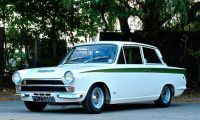








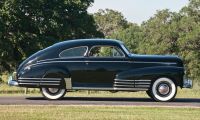















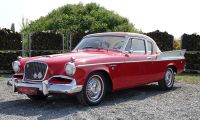








































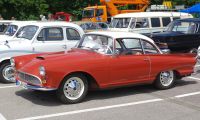


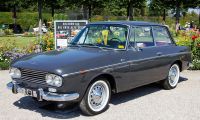
























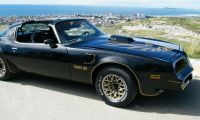














































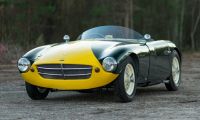



















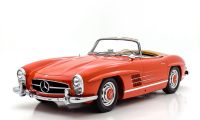































































































































































































































































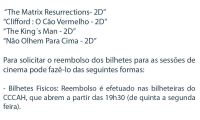














































































































































































































































































































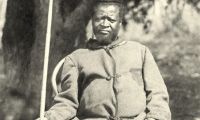



































































































































































































































































































































































































































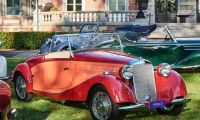














































































































































































































































 LINKS E SITES IMPORTANTES
LINKS E SITES IMPORTANTES


